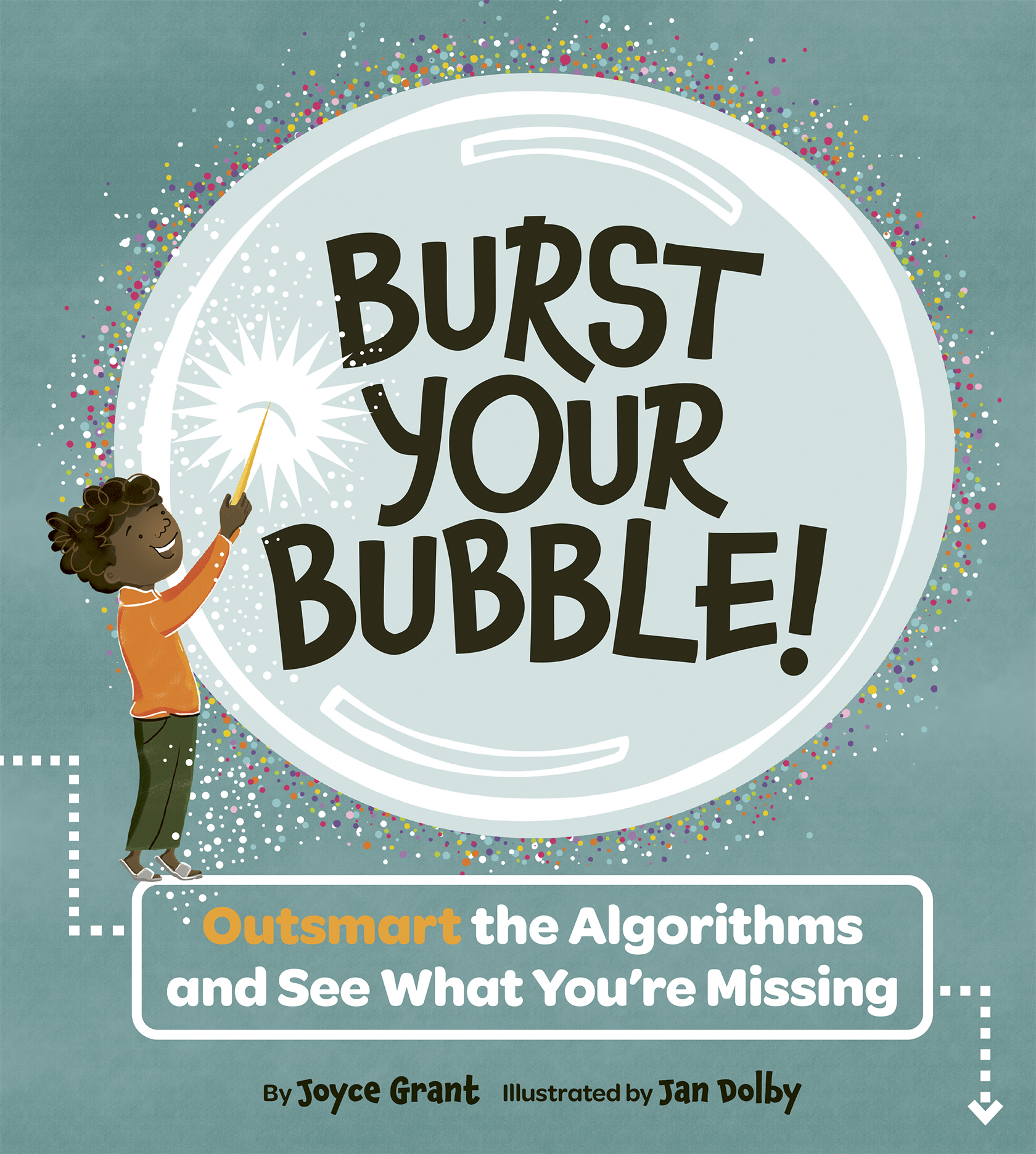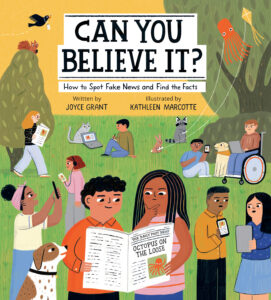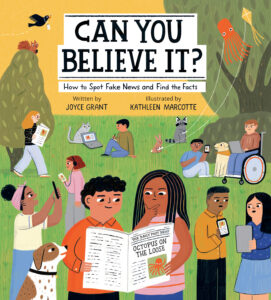
Thanks to zebra dung, cars could one day run on fuel made from old newspapers.
Today, we use mostly oil and gas to run our cars; oil and gas come from fossilized plants and animals. But fossil fuels are expensive, and there aren’t enough of them. Scientists are looking for cheaper and more plentiful fuels.
David Mullin is a biology professor at a university in New Orleans. He and his students are trying to make a fuel from plants. Plant-based fuels are called “biofuels.”
He knew that if he could break down “cellulose,” he could turn it into a fuel that could run vehicles.
So Mullin and his students went to the zoo. They collected animal droppings—poop. Their hope was that they would find a type of poop that was able to break down the cellulose and create fuel.
Mullin found what he was looking for in the African zebra pen.
Zebra droppings contain special microbes – tiny living cells, which you can’t see with the human eye. These microbes live in the zebra’s stomach; they help it digest the plants it eats.

Mullin found that those microbes were able to break down the cellulose in newspaper, creating a type of fuel. Zebra microbes can also break down the cellulose from cotton, twigs and seeds.
Mullin is now working to make the zebra poop turn other sources of cellulose, like wood chips, into fuel. One day, cars and trucks could be running on cheaper, more eco-friendly fuels—thanks to the African zebra.
CURRICULUM CONNECTIONS
By Jonathan Tilly
Writing/Discussion Prompt
David Mullin decided to collect samples of dung hoping that he would find one that could breakdown cellulose. He succeeded. Why is taking risks an important part of being a problem solver?
Reading Prompt: Reading Fluently
Read the following disjointed paragraph to yourself:
“Today, we use mostly oil and gas to run our cars; oil
and gas come from fossilized
plants and animals. But fossil
fuels are expensive, and there aren’t enough of
them. Scientists are looking for cheaper and more plentiful fuels.”
When words are spaced out irregularly, it becomes hard to read smoothly (fluently). When readers are unable to read fluently their understanding is often effected.
Were you able to understand the paragraph? What strategies did you use to help you understand the text?
Primary
Read appropriate texts at a sufficient rate and with sufficient expression to convey the sense of the text readily to the reader and an audience (OME, Reading: 3.3).
Junior & Intermediate
read appropriate texts with expression and confidence, adjusting reading
strategies and reading rate to match the form and purpose (OME, Reading: 3.3).
Grammar Feature: Synonyms
When two different words mean the same thing, they are called synonyms. Writers use synonyms to appropriately describe their ideas to their readers. For example, in today’s article two synonyms are used for poop: dung and droppings. But there are many more synonyms for poop, including scientific words, funny words, baby-talk words, and country-specific terms. Hold your breath… what words do you know for poop?








